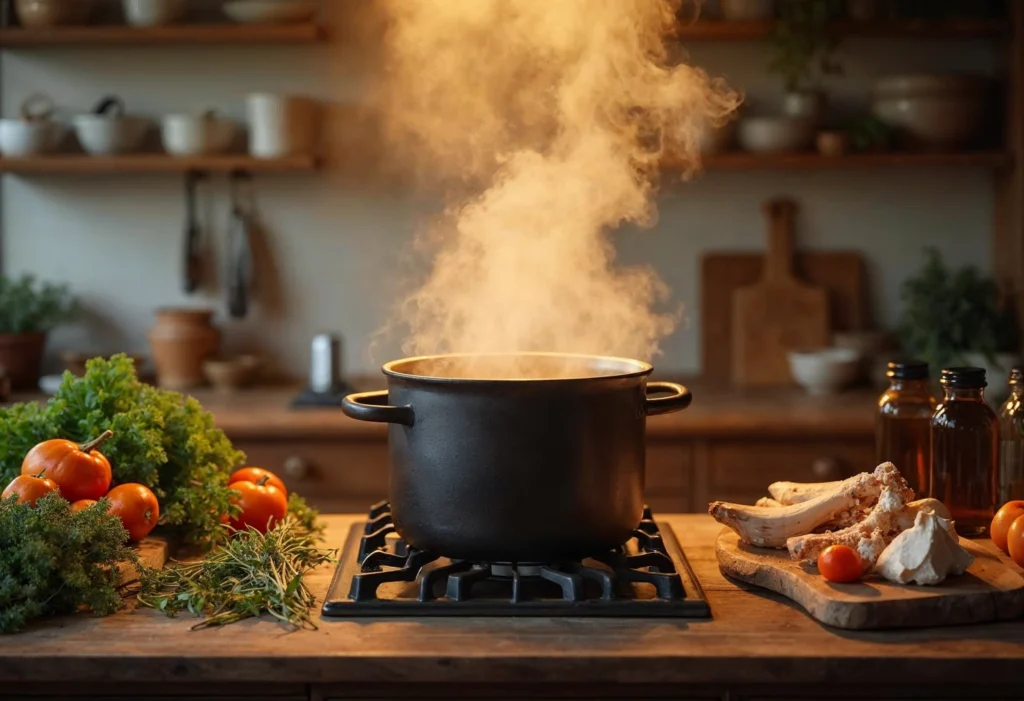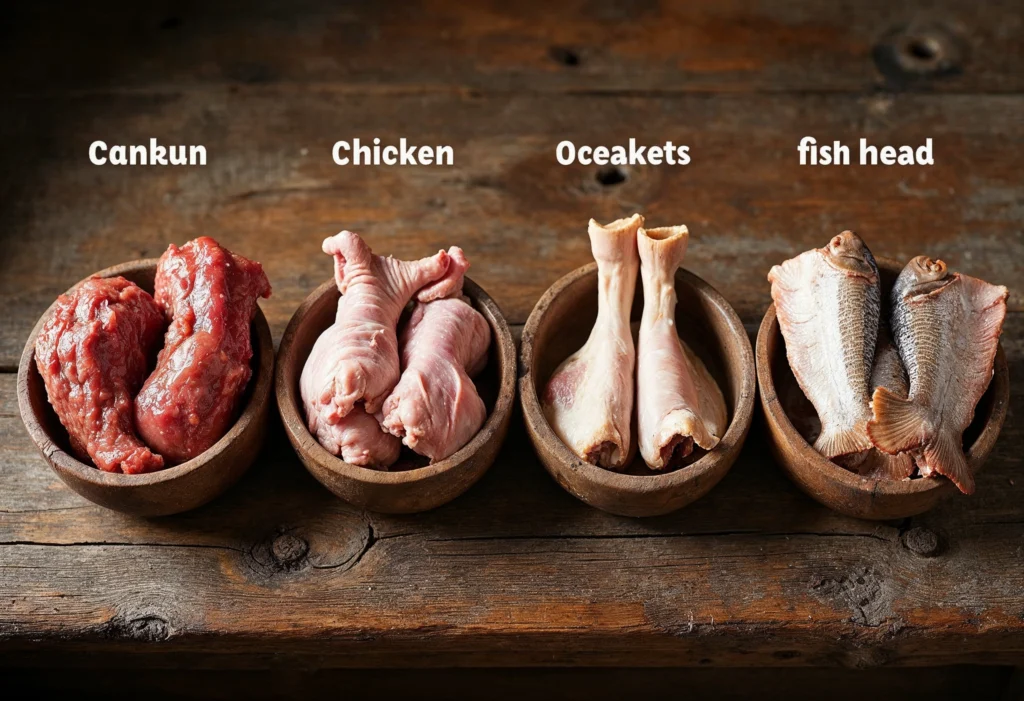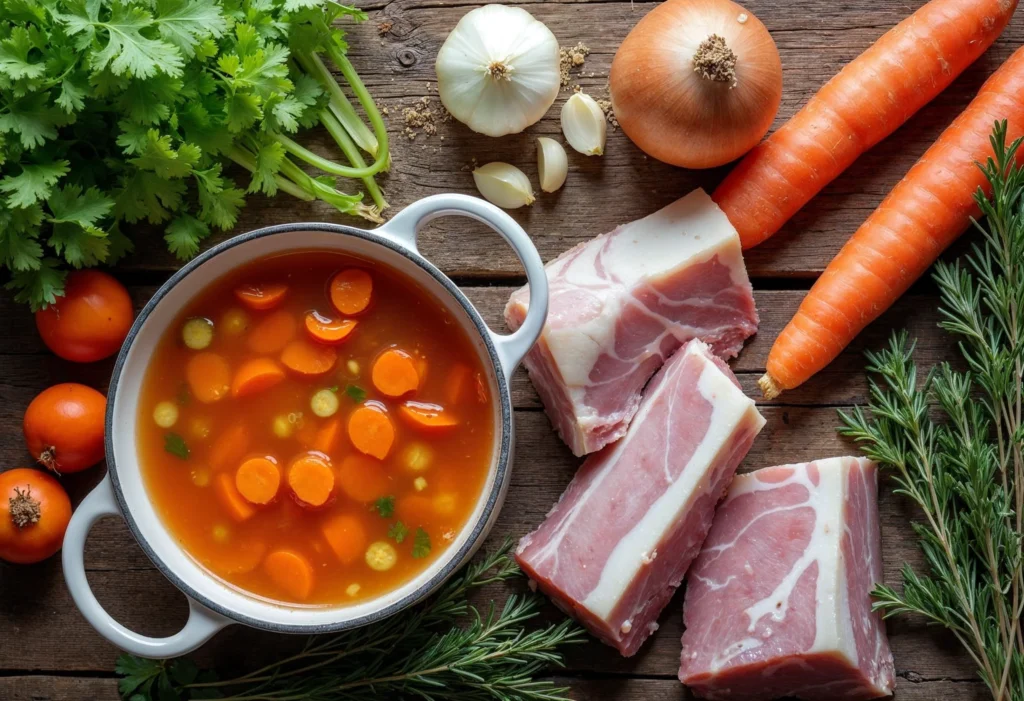Soup Bones: From Broth Basics to Flavor-Boosting Secrets

When it comes to crafting hearty, flavorful soups, soup bones are the unsung heroes of the kitchen. If you’ve ever wondered how professional chefs create such rich broths, the secret often lies in these humble ingredients. In this guide, I’ll cover everything from choosing the right bones to making the perfect homemade stock.
What Are Soup Bones?
Bones used for broth come from various parts of animals like cows, pigs, chickens, and even fish. They typically include marrow bones, knuckle bones, and sometimes meaty parts like oxtails. These are rich in collagen, minerals, and nutrients that release into your soup during long simmering.
Why Use Soup Bones?
Including bones in your cooking has several benefits:
- Flavor Boost: Bones add deep, savory umami flavor.
- Nutritional Value: They’re loaded with minerals like calcium, magnesium, and phosphorus.
- Gelatin-Rich Broths: Collagen from bones creates a velvety, nutrient-packed broth.
Looking for more ways to create affordable, hearty meals? Check out How to Feed 12 People Cheaply: A Comprehensive Guide.
Best Types of Bones for Different Soups
- Beef : Great for beef stew, French onion soup, and pho.
- Chicken : Perfect for classic chicken noodle soup.
- Fish : Ideal for seafood-based soups like bouillabaisse.

Curious about creative soup ideas? Discover What Is Cowboy Soup Made Of? A Complete Guide to This Hearty Dish.
How to Prepare Soup Bones
- Roast for Flavor: Roast beef or pork bones at 425°F for 30-45 minutes for deeper flavor.
- Blanch for Clarity: Boil bones for 5-10 minutes, then rinse to remove impurities.
Making Bone Broth from Scratch
Here’s a simple bone broth recipe that works for most types:
Ingredients:
- 2-3 lbs soup bones (beef, chicken)
- 1 onion, halved
- 2 carrots, chopped
- 2 celery stalks, chopped
- 2-3 garlic cloves, crushed
- 2 bay leaves
- A few sprigs of thyme and parsley
- 1 tablespoon apple cider vinegar (helps extract minerals)
- Water (enough to cover bones)
- Salt and pepper to taste

Instructions:
- Roast the Bones (Optional): For richer broth, roast bones at 425°F until browned.
- Combine Ingredients: Place bones, vegetables, herbs, and vinegar in a large stockpot.
- Simmer Low and Slow: Cover with water and bring to a boil. Reduce heat to a low simmer and cook for 8-24 hours, skimming foam occasionally.
- Strain and Store: Strain the broth, discard solids, and refrigerate for up to 5 days or freeze for longer storage.
Need to stretch your meals further? Learn How Do I Feed My Family Under $10?.
Pro Tips
- Use a Slow Cooker: It’s perfect for long simmering.
- Don’t Skip Vinegar: It helps extract nutrients from the bones.
- Skim Regularly: Removing foam ensures a cleaner broth.
Delicious Soup Recipes Using Bone Broth
Here are a few soups that shine with homemade bone broth:
- Classic Chicken Noodle Soup: Use chicken bones for a comforting, nutritious base.
- Hearty Beef Stew: Beef bones create a rich and savory broth.
- Pho Bo (Vietnamese Beef Noodle Soup): A delicious use for beef marrow and knuckle bones.
- Ramen: Pork bones make an intensely flavorful broth essential for authentic ramen.
- Vegetable Soup: Even veggie soups get a major upgrade with bone broth.
How to Store and Freeze Soup Bones
Proper storage keeps your soup bones fresh and ready for future cooking adventures. Here’s how to store them like a pro:
- Refrigeration: If you plan to use soup bones within a few days, store them in an airtight container or zip-top bag in the refrigerator for up to 3 days.
- Freezing: For longer storage, wrap soup bones tightly in plastic wrap, then place them in a freezer-safe bag. Label with the date and use within 6 months.
- Pro Tip: Freeze bones in portions to avoid thawing the entire batch when you need just a few. This saves time and reduces waste.
Common Mistakes
Even seasoned cooks can make mistakes when working with soup bones. Avoid these common pitfalls for the best results:
- Skipping the Roast: Roasting adds a deep, savory flavor. Never skip this step if you want bold broth.
- Boiling Too Hard: A rolling boil makes broth cloudy. Keep the heat low and simmer gently.
- Neglecting to Skim: Skim foam and impurities regularly to keep your broth clear and clean-tasting.
- Short Simmer Time: Great broths take time—simmer for at least 8 hours, or longer for maximum flavor and nutrients.
Health Benefits You Might Not Know
Soup bones aren’t just flavor enhancers; they offer impressive health benefits too:
- Joint Health: Collagen and gelatin from bones support joint flexibility and reduce inflammation.
- Gut Support: Bone broth contains amino acids like glutamine, which promote gut health and digestion.
- Stronger Bones: Minerals such as calcium, magnesium, and phosphorus strengthen bones and teeth.
- Immune Boost: Nutrients in bone broth help support a healthy immune system, especially during cold seasons.
FAQs
Q: What are soup bones good for?
A: Soup bones are excellent for making nutrient-rich broths and stocks. They add deep flavor, essential minerals, and collagen to soups, stews, and sauces.
Q: What are the best bones for making soup?
A: The best bones include beef marrow bones, knuckle bones, oxtails, chicken carcasses, pork neck bones, and fish bones, depending on the soup’s flavor profile.
Q: What cut of meat are soup bones?
A: Soup bones typically come from cuts with a lot of connective tissue, like beef shanks, oxtails, neck bones, and knuckles. These cuts are ideal for slow cooking to extract flavor and nutrients.
Q: What is considered a soup bone?
A: Any bone used to make broth or stock is considered a soup bone. This includes marrow bones, joint bones, and even meaty bones with some remaining meat for added taste.
Final Thoughts
Bones are a must-have for anyone serious about making delicious, nutritious soups and stocks. Whether you’re preparing a simple chicken noodle soup or a complex ramen broth, adding bones guarantees unmatched depth of flavor and valuable health benefits. Visit your local butcher or grocery store and start your broth-making journey today!







One Comment